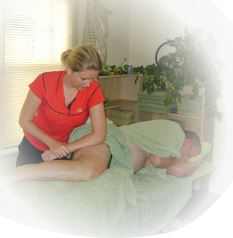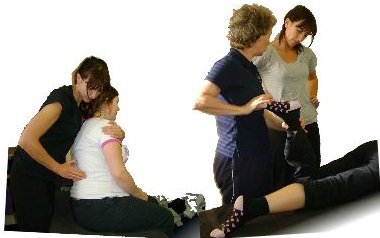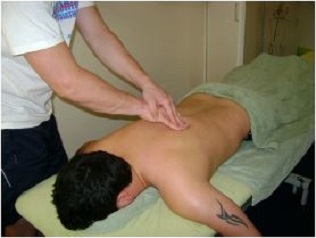Positive Health Online
Your Country

Soft Tissue Therapy - More than Sports Massage
listed in massage, originally published in issue 220 - February 2015
Sports Massage has been steadily gaining recognition over the last forty years, although it has been practised since Egyptian and Roman times. It has been used as a way of aiding recovery from exercise or injury, primarily for those taking part in sporting activities. In the early days of Sports Massage the techniques used were predominantly Effleurage and Petrissage, applied with deep pressure. Other techniques included Frictions, small deep cross fibre moves. Compression and Broadening moves were also popular at the time, and were used both as Active (client movement involved) and Passive (no client action movement required) moves. The problem with Sports Massage is that it has been thought of as something that only those taking part in sport would benefit from.
This form of Massage has become more popular over the past thirty years, and more advanced remedial methods have been developed to meet its growth in popularity. These developments have enabled it to become Sports and Remedial Massage Therapy. Techniques such as Deep Tissue Massage - using the positioning of the body to give more depth and slowing down the speed of movement - the use of forearms, Connective Tissue Techniques, and Trigger Point Therapy have all added to the techniques used and the therapist’s ability to be able to deal with Soft Tissue problems.
During the last twenty years, more training courses have become available for therapists and a greater variety of techniques are now being taught. This, coupled with a better understanding of how the body’s Soft Tissue functions, has enabled the therapy to again move forward. The Soft Tissue Techniques now being used are an amalgamation of all those previously mentioned, plus other others such as Neuromuscular Techniques, Strain Counter Strain, Myofascial Release, Soft Tissue Release and Muscle Energy Techniques and more.
These techniques have also been around for a very long time, but with advances in the media and advertising, they can now be put into the awareness of the public at large. These techniques have been developed to try and help correct conditions such as back pain, shoulder pain, frozen shoulder and postural problems. These conditions and many more, affect a large percentage of the general population, and due to cut backs in the health service they are not necessarily being addressed.
Soft Tissue Techniques such as those mentioned above are primarily used to help get the Soft Tissues to release restrictions / adhesions in the body’s tissues as well as lengthening shortened tissues. Stimulating the body’s systems to help repair itself and, thus enabling the body to realign the tissues, taking stress off the joints and aid freedom of movement. The release of stress in both the body’s tissues and mentally can help to return the body to homeostasis.
Although Soft Tissue Techniques are applied to the deep tissues of the body, they do not necessarily have to cause pain. Their application is generally slow, and all good therapists should be working within the tolerance of their client’s body rather than against it. Used properly, these techniques can be used on even the most sensitive person, and still have a positive effect.
Soft Tissue Therapy can be used on all ages, subject to the carrying out of a full Comprehensive Client History, Postural Assessment, and Palpation Techniques to determine where and what the problem (if any) may be. This should be carried out by the Therapist the first time the client presents for treatment, and at any subsequent visits a short reassessment (again if required) should follow before continuing with the treatment.
Soft Tissue Therapy when used can have very positive results in most cases, and is now taking ‘Sports Massage’ to another level. Having said that, there is still a place, especially within the Sporting World, for Basic Sports Massage and it should not be totally forgotten.
Whilst there are committed therapists out there working to help people with their problems, then hopefully there will be more progression in the future, keeping the growth of the therapy moving forward.
Comments:
-
No Article Comments available


